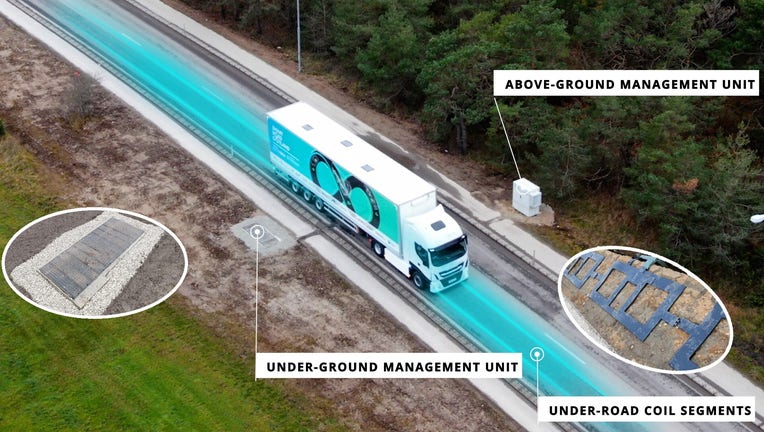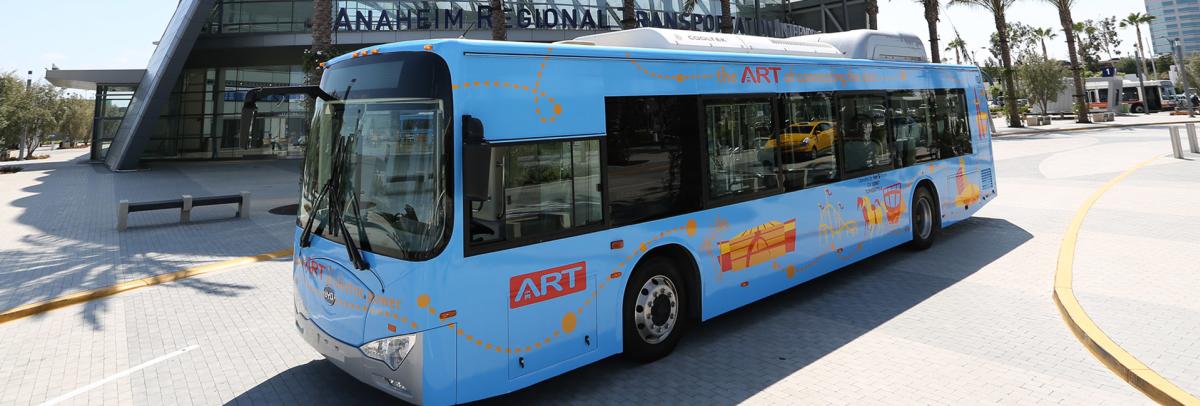This article is a year old, but I just now stumbled onto it:
https://whyy.org/articles/septas-cr...estions-about-the-future-of-electric-transit/
https://whyy.org/articles/septas-cr...estions-about-the-future-of-electric-transit/

To critics like Martin Wright, a UK-based electric transportation advocate, those actions border on the absurd. He said the optimism around battery technology is unearned, driven more by enthusiasm for flashy technologies that promise solutions to environmental problems with no tradeoffs.
Indeed, NJT had the same problem with a set of diesel buses.It was reported on when it happened. Certainly, no secret. I'm not sure the issue was an electric bus problem as much as a "bus from a builder with no track record" NewFlyer and NovaBus are building electrics, but as part of the same lines of buses that are already proven with thousands of them in service.



What I got for the story it more about who pays for what, and if it’s a required repair or a non-issue.All correspondence between builder and SEPTA would be informative.
One difference from the New Look early struggles is that they had GMC's resources to cure the problems. Portland's Inter-City Buses was ordered in 1959 by the PUC to buy five New Look suburbans for their "replacement" of the Portland Traction interurban service. They had serious problems. Urban operator Rose City Transit Co. waited till 1961 for their first New Looks and had no problems that came to public attention.I don't think it was an existing design, Proterra is a new bus builder. But their buses are built differently than previous designs. NYC leased 5 Proterras and ran them for a while and returned them. So far they haven't bought them. They also trialed some New Flyer electrics and have bought some. I believe they will be trialing the Nova battery models as well to evaluate before future purchase. Early NewLooks had floors that cracked, and early RTS overheated nd needed a redesign of the AC/Radiator setup. Both went on to long successful runs. Since Proterra passed Altoona, it may be more of a manufacturing problem than design. Time will tell.
And the New York MTA...the notorious Grumman's with their cracked frames necessitating leasing buses from a bunch of other agencies. Not to mention similar, in some subway car's...Indeed, NJT had the same problem with a set of diesel buses.
Both Nova and New Flyer have pantograph charging available. Unlike what we are accustomed to in rail, the arms are not on the bus, they descend down from the unit. The US buses tend to be charging support eqpt brand agnostic, not proprietary. I have used videos from bot Nova and NF in EV classes I've conducted.I read that Transport for London is going to be buying battery buses that use a pantograph for a fast (~10 minute) charge at each endpoint. I believe they are of a Spanish design. Will be interesting to see how this works out.
About 10 years ago or so, I was at a conference where a speaker was touting a system where they used wireless induction charging to recharge the batteries at a route terminus. Not sure if the system (or the wireless technology in general) was ever deployed anywhere, but my new car has a place where I can do wireless recharging of my cellphone, if I have the right kind of cellphone, which I don't, alas.I read that Transport for London is going to be buying battery buses that use a pantograph for a fast (~10 minute) charge at each endpoint. I believe they are of a Spanish design. Will be interesting to see how this works out.
the issue with that style of charging is the energy lossAbout 10 years ago or so, I was at a conference where a speaker was touting a system where they used wireless induction charging to recharge the batteries at a route terminus. Not sure if the system (or the wireless technology in general) was ever deployed anywhere, but my new car has a place where I can do wireless recharging of my cellphone, if I have the right kind of cellphone, which I don't, alas.
pantograph charging isn't new its been tested for years and places like LA already have fleets that use them.I read that Transport for London is going to be buying battery buses that use a pantograph for a fast (~10 minute) charge at each endpoint. I believe they are of a Spanish design. Will be interesting to see how this works out.
About 10 years ago or so, I was at a conference where a speaker was touting a system where they used wireless induction charging to recharge the batteries at a route terminus. Not sure if the system (or the wireless technology in general) was ever deployed anywhere, but my new car has a place where I can do wireless recharging of my cellphone, if I have the right kind of cellphone, which I don't, alas.

About 10 years ago or so, I was at a conference where a speaker was touting a system where they used wireless induction charging to recharge the batteries at a route terminus. Not sure if the system (or the wireless technology in general) was ever deployed anywhere, but my new car has a place where I can do wireless recharging of my cellphone, if I have the right kind of cellphone, which I don't, alas.
I thought that’s what Indianapolis uses for their BRT line.

Enter your email address to join: